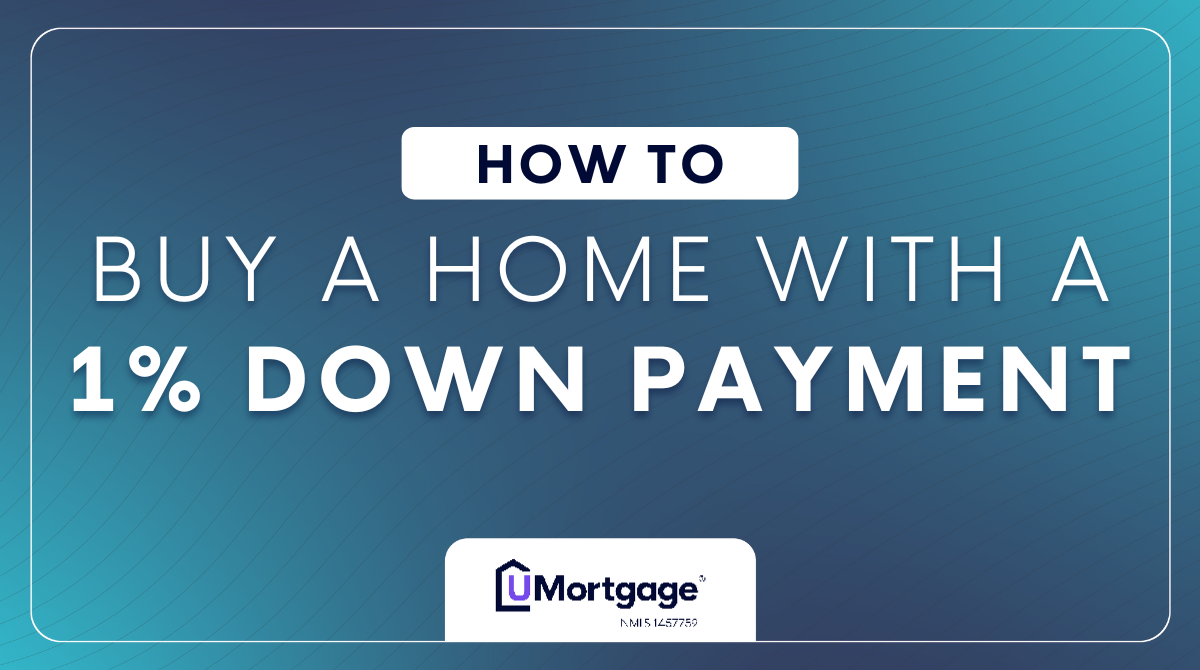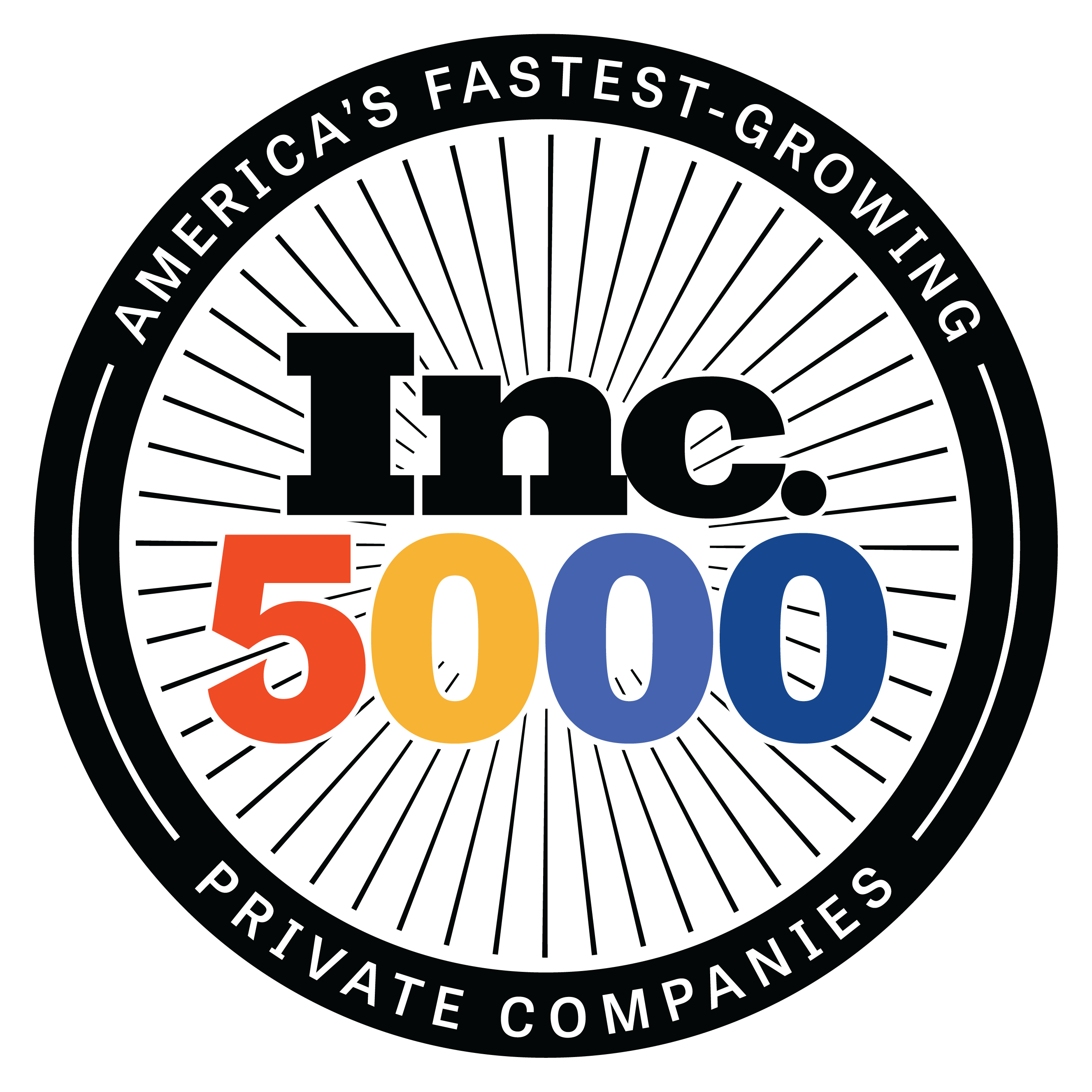Your Guide to UMortgage's 1% Down Payment Program
Published: July 1, 2025
Updated: July 1, 2025

Your Guide to UMortgage's 1% Down Payment Program
In this guide, we’ll share how you can qualify for our 1% down payment program, the benefits homebuyers get with only 1% down, and how this exclusive option is making homeownership more accessible for everyday buyers.
How Our 1% Down Payment Program Works
With our Homeownership for All program, eligible buyers can purchase a home with just 1% down—and we’ll cover the rest, up to 2% or $7,000 in assistance.
With our 1% Down Program, you’ll get:
- Up to $7,000 in down payment assistance
- A low-cost conventional loan with cancellable private mortgage insurance (PMI) once you reach 20% equity
- Financial flexibility with the option to use gift funds or a local first-time homebuyer grant program to cover your 1% down payment
- No additional second lien or repayment terms on the 2% or $7,000 down payment contribution
See the full guide below to learn how our 1% down payment program works and helps you decide if it's the right path to homeownership for you.
Why Consider 1% Down
Here’s why eligible buyers choose our 1% down payment program:
Lower Upfront Cost
The biggest obstacle for many buyers is saving for a down payment. This program removes that barrier and lets you get in the door sooner.
More Affordable Than an FHA Loan
Unlike FHA loans, this program gives you access to a conventional loan with PMI that can be removed once you hit 20% equity.
Room in Your Budget for Move-In Costs
Save money for furniture, moving expenses, appliances, or even a rainy-day fund.
Gift Funds Flexibility
Friends or family can gift the entire 1% down and help you cover closing costs. No minimum borrower contribution required.
How to Qualify for 1% Down Payment Program
- Income: Income at or below 80% of Area Medium Income (AMI)
- Credit Score: 620 FICO
- Down Payment: 1% (or remaining amount if 2% down payment assistance exceeds the $7,000 maximum)
- Debt-to-Income (DTI): Less than 50%, exact amount varies by borrower.
- Property Types Allowed: Primary home.
Q: Can I buy a home with no money out of pocket?
A: In some cases, yes! If you combine this program with local or state grant programs or receive gift funds, you may be able to buy with little to no money due at closing.
Use our affordability calculator to get a snapshot of your homebuying budget
Compare 1% Down vs. Conventional vs. FHA Loans

Q: Which loan is best for low down payment buyers?
A: If you have a 620+ credit score and qualify based on income, the 1% Down Program gives you the best of both worlds: low upfront costs and a conventional loan with cancelable PMI.
How to Apply for the 1% Down Program
Step 1: Pre-Qualification (60 Seconds)
Answer a few quick questions online or with a UMortgage Loan Originator.
Step 2: Get Custom Loan Options
We’ll check your eligibility, show you rates, and explain how much assistance you qualify for.
Step 3: Lock Your Rate
Once you're happy with your rate, you can lock it in and start gathering documents for underwriting.
Step 4: Close with Confidence
We'll guide you every step of the way and help you close on your new home quickly and clearly.
Frequently Asked Questions
Q: How does the 1% down program work?
A: You put down 1% of the purchase price, and UMortgage provides 2% of the down payment (up to $7,000). That gives you 3% equity, which is enough to qualify for a low-cost conventional loan.
Q: Do I need to be a first-time homebuyer to qualify for 1% down?
A: No. You don’t need to be a first-time buyer, you just need to meet the income and credit qualifications.
Q: Is this available in my state?
A: Yes! This is a nationwide program. Your UMortgage loan expert can help you confirm your eligibility based on your location and income.
Q: Can I combine this with other assistance programs?
A: Yes! If you qualify, you can stack this program with local or state first-time homebuyer grants to reduce your total upfront costs. The 1% down payment program can also be combined with our Temporary Rate Buydown product, giving you the option to secure a lower interest rate for the first few years of your loan. Talk to your UMortgage Loan Originator to see exactly what you qualify for.
Q: Can I use gift funds for my portion?
A: Yes. Your entire 1% down payment and closing costs can be covered by gift funds.
Ready to learn more? Fill out this form to connect with a UMortgage Loan Originator in your area.
*For informational purposes only. This program is available only for income-qualified borrowers and subject to eligibility under HomeReady® and Home Possible® guidelines. A minimum FICO score of 620 is required. UWM provides lender-paid assistance of 2% of the home’s purchase price (up to $7,000) toward the down payment; the borrower must contribute 1% of the purchase price. Total down payment must meet a minimum 3% requirement with a maximum 97% LTV. Available only for 30-year fixed-rate, primary residence purchases originated through the broker channel. Program is not available for condos, PUDs, or TRAC-eligible properties. Homeownership education is required for first-time homebuyers. Incentives such as the $2,500 pricing benefit for borrowers at or below 50% AMI are subject to specific criteria and may be removed upon any change of circumstance. Down payment assistance programs are subject to eligibility requirements and availability. Not all borrowers will qualify. This is not a commitment to lend. Terms and conditions apply. UMortgage LLC | NMLS ID 1457759 | Equal Housing Lender. For licensing information, visit www.nmlsconsumeraccess.org.*
